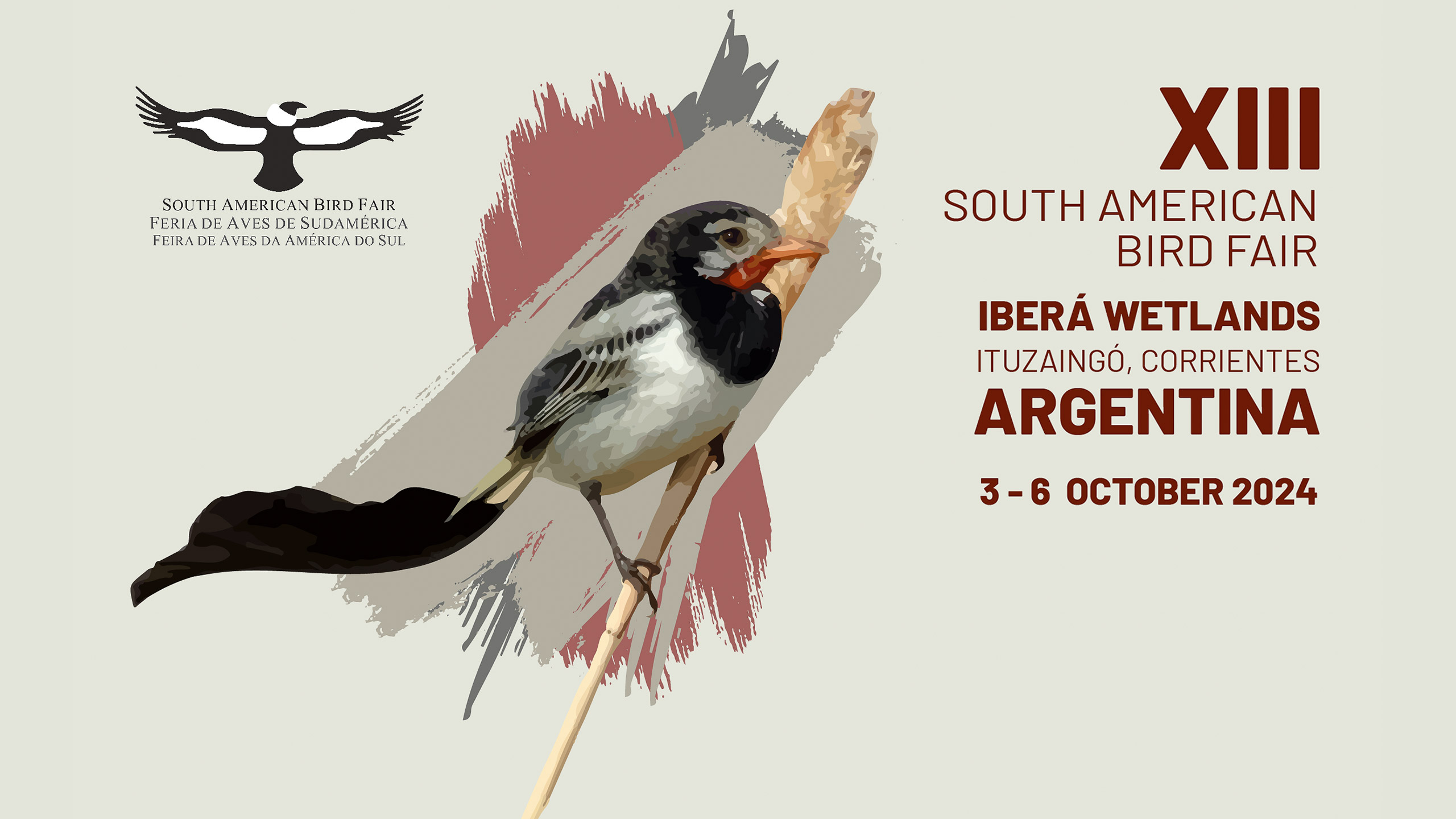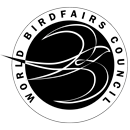

XIII South American Bird Fair 2024: Agentina
3 October, 2024 - 6 October, 2024
Watching birds across the continent!
The South American Bird Fair is the most important of its kind on the continent and is held every year in a different country. The Fair is a meeting with many dimensions that includes birding (in various ecosystems depending on the host country), workshops with specialists from all over the world, stands (with optics, equipment, books and guides, NGOs, art, etc.), talks, forums and symposiums, and many exchange and growth activities in this activity that is growing throughout the continent.
Argentina
In 2024, the South American Bird Fair returns to Argentina after the 2023 fair held in Ecuador. In southern South America, Argentina offers its own diversity of subtropical grasslands, wetlands, and native forests. From the northern plains to Patagonia in the south, with the Atlantic to the east and the Andes to the west, the country has 19 ecoregions. It hosts about 1000 bird species in a diverse geography. The fair will take place this year at the meeting point of wetlands, grasslands, Chaco-type forests, and Amazonian-dominated Atlantic jungle. A combination that allows for the gathering of about 500 species and attracts observers due to the high quality of the records. It is also a region with its own cultural identity, distinct from others, with its own food, music, and clothing. Located in the northeast of Argentina, the province of Corrientes stands out for its hospitality and is an attractive destination to explore in all its dimensions during the fair. Ituzaingó is very close to the airports of Posadas, Corrientes, and Resistencia. It is easily accessible by land from Buenos Aires, Asunción, and Iguazú, for those arriving by car, and there are various bus options from Buenos Aires and nearby cities.
Iberá, South America’s Best-Kept Jewel
The Esteros del Iberá in the province of Corrientes are one of the most outstanding destinations for birdwatchers in South America. With an extensive network of wetlands, grasslands, rivers, and lagoons, bordered by Chaco forests or Atlantic jungle, they cover approximately 13,000 km² and serve as a refuge for around 500 bird species, as well as a wide variety of flora and fauna. The list includes some whose distribution is their last relic in these protected areas, such as Strange-tailed tyrant, Black-and-white monjita, Saffron-cowled blackbird, Crested doradito or Sickle-winged nightjar as well as a large number of water birds such as sunbitterns, ibises, southern screamers, or wattled jacanas. Additionally, the conservation of the area has allowed for the successful reintroduction of species that had become extinct in much of their territory, such as the Red-and-green macaw o the Bare-faced curassow, in highly successful programs.

